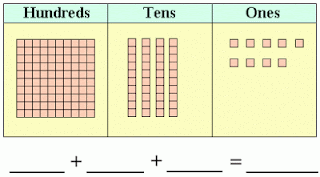We have studied the number line. We know about the natural numbers, whole numbers, integers, real numbers and also imaginary numbers. When these numbers are combined we get interesting combinations. We need to do a study on fractions. Fractions can be numbers in the form of P/Q. P and Q are integers. These fractions now are of three types namely proper, improper and mixed fractions. Mixed fractions are bit complicated compared to the other two. So we need to study them in detail. First we need to learn the process of simplifying mixed fractions as a first step in this direction. It is a relatively simple process. To simplify mixed fractions we convert them to improper fractions. Improper fractions are easy to handle and can be used for the purpose of calculations. After converting the mixed fraction into an improper one, we can further simplified if need be. For this we need to convert mixed fraction to decimal and solve this problem.
After getting the improper fraction, we take the numerator of the fraction as the dividend and the denominator as the divisor. We divide the dividend with the divisor till we get the remainder as zero. When the digits in the dividend get over we continue the process of division by adding zeros to it and a decimal point to the quotient. Sometimes we don’t get the remainder as zero. In that case the decimal part might contain digits that are repeating. It can be ended there. So the question arises how to solve mixed fractions after we have converted them into decimals. Solving can involve addition of two mixed fractions or it can also be subtraction of two mixed fractions. Both the processes can be relatively simple if the denominators in both the cases are the same. But if the denominators are different the process is bit different than when they are same. Now we will learn subtracting mixed fractions with different denominators to get the final answer. When the denominators are not same first convert into similar ones and then do the process of addition or subtraction. This can be done by taking the LCM of the denominators. After taking the LCM the denominators become common and the numerators can be added or subtracted to get the answer. This helped us to know what is a mixed fraction better. It contains a whole number part and a proper fraction.



